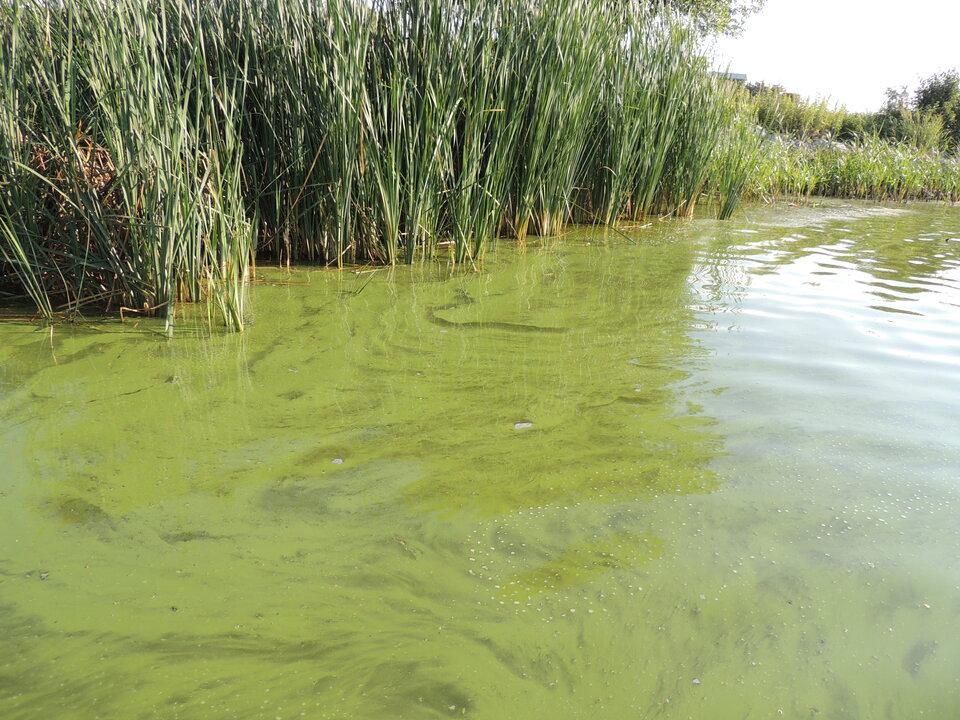Aquatic Plant Control

Managing aquatic plants in a pond or lake can be like walking a tight rope, especially in shallow lakes. When lakes receive excess nutrients, primarily phosphorus in Nebraska, the result can be a dense growth of aquatic plants. But when too many aquatic plants are removed, water clarity and algae problems may follow.
Phosphorus is the main nutrient which influences the balance between a pond with many aquatic plants or a pond with many algae, small single-celled plants which float in the water column and contribute to water clarity. At low nutrient levels, the aquatic vegetation wins out because the water is clear and plenty of light reaches the bottom of the lake where the roots are located. At high nutrient levels, the algae win out and can shade out the aquatic plants.
So what happens when nutrient levels are somewhere in the middle? The lake could go either way. Aquatic plants are rooted in the bottom of the lake and prevent the muck on the bottom from being stirred up. The plants use nutrients in the water to grow and therefore algae don’t have an excess of nutrients to use and there are no algae blooms. And some aquatic plants even release chemicals to impede algae growth.
When aquatic plants are destroyed, the muck gets stirred up and nutrients that have been “laying” on the bottom are suddenly re-suspended and available to the algae. If the destroyed plants decay in the water, this increases the amount nutrients available in the water and results in “dirty” looking water and algae growth.